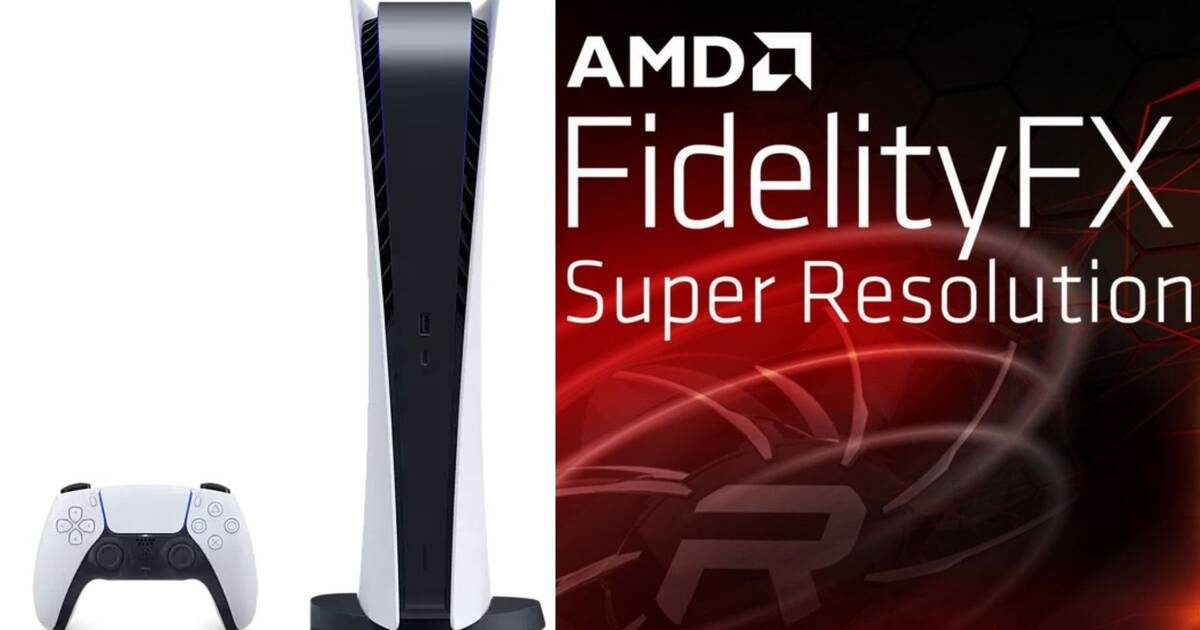
with that respect, ps5 being practically a 6600xt equivalent hardware, it is also practically a 2080 equivalent hardware. you can see that by analyizing and noticing that 20xt has nearly same performance in games, same tflops and similar performance profiles. and flop for flop, rdna2 and turing gpus are pretty matched up. and 6600xt is a literal 10 tflops rdna2 gpu. rtx 2080 literally is a 10 tflops turing GPU. ps5 being equal to rtx 2080 is not a miracle by itself. in that case, 6600xt stays constant but 3060/2060 super/2070 comes into discussion instead).

only and only ray tracing would seperate 20 super from this equation. because literally, 20 super is so close, and 2080 is equal to a 6600xt and four of them have a performance profile so close that you can mistake one for another (ps5, 6600xt, 20 super). so if you accept that ps5 is nearly a rtx 2080 in terms of raster (which it is), then you should not laugh at someone says ps5 performs like a 2080 super. You can use that extra RT juice to push a higher RT setting, but then you have to accept performance drop or not getting that sweet native 1440p 60 FPS. Either compare apples to apples or do not compare at all. With that config (RT normal+1440p) a 2080ti/3060ti would easily provide a native 1440p 60 FPS easily. The game has a heavy RT setting which you can avoid to use and get enormously high framerates. Maybe a bit more, if you don't employ dynamic resolution and use a VRR-uncapped config instead.
Arcadegeddon fsr ps5 Pc#
If you have PS5 equivalent GPU on PC (ala 6600xt), you get exact same RT performance out of it. Exact same GPU performs exactly like how you expect it to perform. And no, it does not run "specifically" good on consoles. So at 1080p, both 6600xt and 3060 have more than that, probably consoles heave some headroom (due to dynamic resolution being in play) "In the Yamantau section here, one of the heavier areas in the game, I was getting like 1134p SX and 1015p on PS5" But that's not the point of the video whatsoever. Yes ultimately PS5 will suffer when it comes to ray tracing feature set Vs PC but that's expected.

He is in no way saying play PC and don't play PS5 (I mean those stutters are horrendous). Nobody is "putting the PS5" down Vs overpowered and ultra expensive PCs. Again, very interesting analysis which highlights the various ways developers handle console ray tracing. With that done he also delves into the ray tracing effects available in the PS5 version and highlights the differences in the ray tracing implementation between the systems. Alex very clearly goes through every ray tracing effect implemented in the PC, highlights the STEEP performance cost of said effects, discusses how ray tracing compares in its low/medium/high/ultra settings, and finally presents recommended settings for various GPU tiers.

It's a ray tracing analysis of the game first and foremost.
Arcadegeddon fsr ps5 simulator#
The first game to have this technology to no one’s surprise (since it had been used by AMD to make technical demonstrations of it) is deathloopthe latest work from Arkane and Bethesda that will have the honor of being the first to use AMD FSR 2.0 from next May 12 thanks to an update.Īlso there is other games they plan to add their support for this system over the next few weeks or months including titles like asterigos, Delysium, EVEOnline, Farm Simulator 22, forspoken, grounded, Microsoft Flight Simulator, NiShuiHan, Perfect World Remake, Swordsman Remake Y Unknown 9: Awakening.ĪMD FSR 2.0 will be on XSX/S but… And on PS5ĪMD FSR 2.0 It is a smoothing and rescaling system that does not use Machine Learning (as NVIDIA DLSS does) so it does not need dedicated hardware for its use, being compatible with a large number of graphics not only from AMD, but also from NVIDIA and Intel.Some people really need to understand the subject of the video. Give ads in amdthe major hardware brand run by Lisa Su that a few minutes ago announced three new current-generation graphics models, following that announcement with AMD FSR 2.0 debut datethe next generation of its texture upscaling and smoothing technology that it wants to compete with NVIDIA DLSS 2.0.


 0 kommentar(er)
0 kommentar(er)
